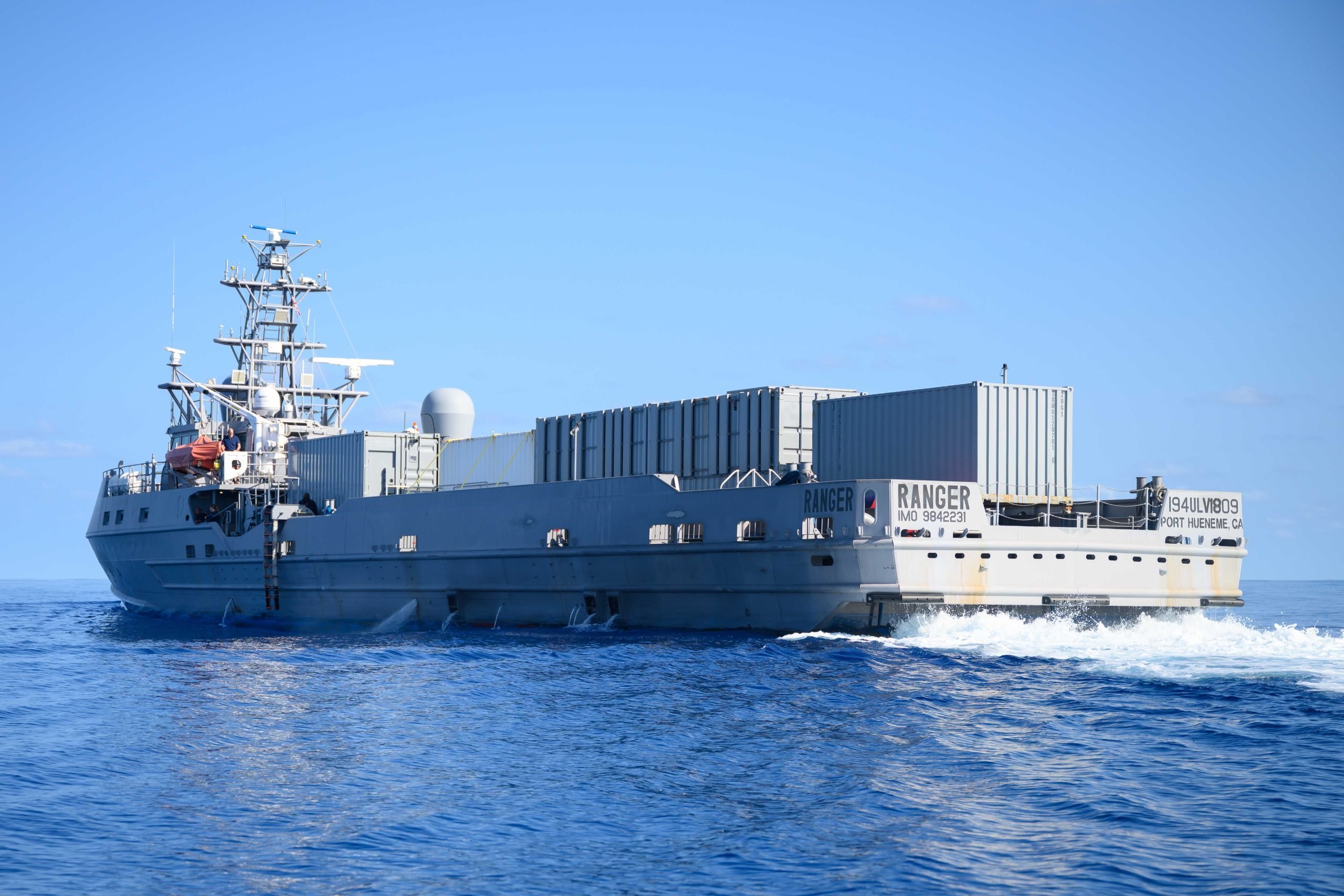I have been quietly watching this thread for the past week or so without posting as I noted the content posted by others as well as what seem to be directions and assumptions that have been made, both by posters and likely gov't too.
TBH though I have been growing increasingly concerned about how vulnerable announced plans seem to be to disruption, particularly if one or more of the apparent assumptions made prove to be incorrect.
Take the 'plan' to have 11 Tier 2 GP frigates of a new to the RAN design built, with the initial getting constructed in an overseas yard and first steel cut for the lead ship to occur sometime in 2026. IMO much is being assumed if gov't is betting that it can go from identifying the need for new/more MFU's, to the start of actual MFU construction within about three years. All of this is also not really even considering whether or not the to be determined design is appropriate or useful, especially in a RAN context.
For instance, in order for an overseas yard to have first steel cut for the lead vessel cut sometime in 2026, the to-be-determined yard has to have the capacity needed from ~2026 onwards for their portion of the project, and Australia would need to contract ahead of time for that production capacity, lest someone else contract for those spots in the yard's build queue. Further, Australia would need to have selected a design (including any/all possible modifications required) and contracted for the rights to build the design, including at the yards Australia has chosen for the builds to take place at. Also, all of these selection and contracting processes would need to be completed with sufficient lead times so that materials can be ordered and the yards configured to engage in the build work which they would be contracted for. So far, it does seem as though people have been considering what might be selected, or who could conduct such an overseas build, but not really looking at whether what Australia might select could be built in the related yard in the timeframe so far specified. Or to put it another way, gov't could be assuming that it could select a Spanish or German design, to be built in a S. Korean or Japanese yard, or vice versa, and get everything contracted for and in place for the 2026 first steel cutting. If this is an accurate assessment of the current state of plans, then things could easily go wrong if one of the designers objected to Australia selecting an overseas yard not partnered with the designer.
As for the concept of RAN MFU's being accompanied by LOCSV's, that is an 'interesting' concept to provide a technical solution to a personnel problem. AFAIK though, R&D work is being done to look into the concept but it currently exists in tech demonstrator form, not operationally capable, deployable units. One natural concern of mine is that Australian plans might hinge upon such a tech solution, when it might very well prove to not be viable, particularly in the apparently short timeframe before Australia expects such capabilities to be needed. As the US has demonstrated with a number of fairly recent naval programmes, even with their vast resources for research, development, and testing, not all of the concepts prove to be viable, and some of the tech is ultimately impractical, with the
Zumwalt-class DDG, and the
Freedom-class and
Independence-class LCS all being either good examples.
As
@Takao mentioned EW measures, particularly those conducted out by a peer level adversary, or a Great Power peer adversary of the US, could significantly reduce or even possibly eliminate LOCSV's as viable operational assets. My own personal take is that there is still potential value in the concept of Distributed Lethality and decentralized warfare, but there are some important considerations. One of the first is that whilst there is value in having separate assets that are sensing or shooting assets, it is important that deployed units be capable of being functionally effective not only in a networked/decentralized environment, but also able to operate independently. Australia and allies have been working towards developing and fielding integrated warfighting systems, which have multiple elements that are supposed to work together to have an overall effect greater than the sum of the individual parts. That is naturally good, when it works. However, adversaries and potential adversaries have certainly noticed such work and the outcomes, which in turn has led to these adversaries to not only work towards developing their own warfighting systems, but trying to find ways to disrupt the warfighting systems of others.
www.australiandefender.com.au


